According to Decree No. 114/2018 on the safety management of dams and reservoirs, dams must be inspected after 5 years. If the spillway does not completely discharge the flood, a new spillway must be built. If the operating procedures of reservoirs are changed in the near future, Thac Ba reservoir will be forced to lower the water level very deeply, reducing electricity efficiency.
This comment was made by Dr. Hoang Van Thang, former Deputy Minister of Agriculture and Rural Development , Chairman of the Vietnam Association of Large Dams and Water Resources Development at the Forum "Improving the effectiveness of information, warning, ensuring safe operation of dams and reservoirs in the new situation", organized by Vietnam Agriculture Newspaper in coordination with the Department of Irrigation (Ministry of Agriculture and Rural Development), the Institute of Irrigation Planning and the Vietnam Association of Large Dams and Water Resources Development, on November 19.
According to statistics from the Department of Irrigation ( Ministry of Agriculture and Rural Development ), the country currently has 7,315 dams and irrigation reservoirs (592 dams, 6,723 reservoirs) with a total storage capacity of about 15.2 billion m3.
Lakes and irrigation dams shoulder many important tasks such as providing water for agricultural , industrial and domestic production, combined with flood reduction and reduction; serving multiple purposes such as providing water for power generation, creating space for solar power development, aquaculture, tourism development, etc.
However, Vietnam's system of reservoirs and irrigation dams is currently facing a series of challenges. Director of the Institute of Water Resources Planning Do Van Thanh assessed that many dams and reservoirs in our country have been built for over 30 years, and have suffered damage, deterioration, and sedimentation. Many reservoirs have been converted to serve multiple purposes, requiring recalculation of tasks and design parameters.
According to Mr. Thanh, flood maps have been built for some large lakes but their downstream flood discharge capacity has not been assessed; many small reservoirs do not have plans to ensure dam safety and prevent downstream floods...
Some experts also acknowledge that the flood discharge corridors downstream of some large reservoirs are currently being encroached upon, the flow is narrowing, not ensuring the designed flood discharge, causing flooding downstream when operating to discharge floodwaters. Meanwhile, the work of forecasting and warning about rain, floods, and water sources to reservoirs and dams still has many limitations...
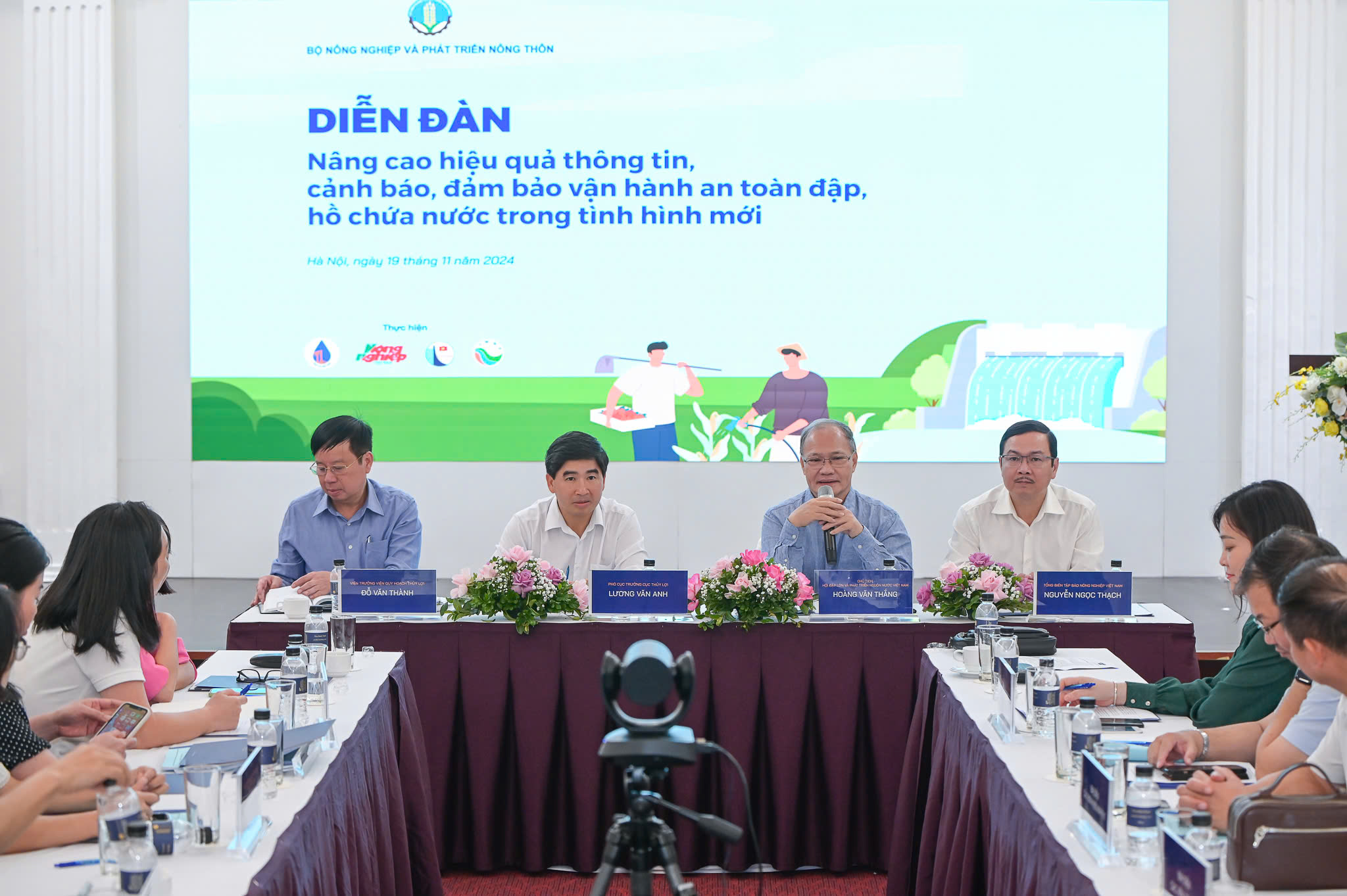
According to statistics from the Department of Irrigation (Ministry of Agriculture and Rural Development), the country currently has 7,315 dams and irrigation reservoirs (592 dams, 6,723 reservoirs) with a total storage capacity of about 15.2 billion m3.
According to Deputy Director of the Department of Irrigation Luong Van Anh, the work of ensuring the safety of dams and reservoirs still shows many limitations. This was clearly shown after the recent storm No. 3. Therefore, ensuring the safe operation of dams and reservoirs in the new situation is an important and urgent task.
In particular, the key priority task is to improve information, warning and forecasting capacity, and build monitoring systems in upstream areas and reservoirs to support hydrological analysis.
“Building support tools, applying technical advances and AI in decision-making in dam and reservoir operations is necessary to proactively forecast and warn of water resources and propose appropriate flood cutting and discharge scenarios, ensuring safety for irrigation works and downstream areas…”, Mr. Luong Van Anh emphasized.
Dr. Hoang Van Thang said that currently, Vietnam has over 4,250 small dams. These dams are assigned to grassroots irrigation organizations (water users) for management. In practice, we have made many efforts to strengthen grassroots irrigation, both domestic and international resources.
However, according to Mr. Thang, the grassroots irrigation organization operates ineffectively, "with little success". Some cooperatives are assigned to multi-sector cooperatives, but the cooperatives are mainly in production and business. On the other hand, the management is also assigned to the commune government, but they only manage administratively.
"If a commune does well, it can ensure finances and choose people to manage. If a commune cannot ensure finances, there will be potential risks...", Mr. Thang said.
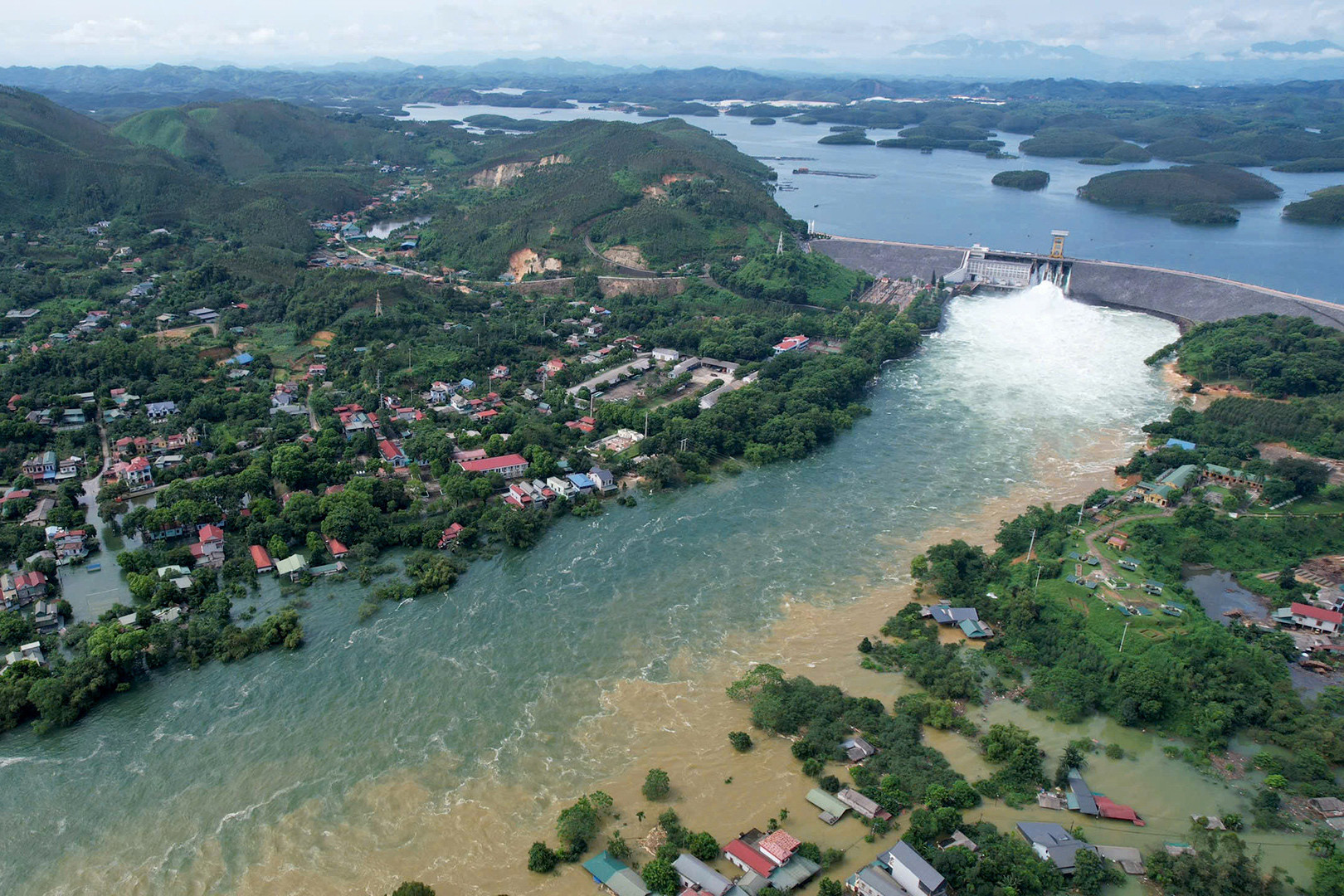
Panoramic view of Thac Ba hydroelectric lake, morning of September 12, 2024. Photo: Duc Hoang
According to Mr. Thang, strengthening the grassroots irrigation organization is "not simple", because it depends on the efficiency of production and business, we have even exempted irrigation fees for a long time, leading to the "vitality" of the grassroots irrigation organization is not high. Meanwhile, the impact of climate change, small-scale but high-intensity rains, lead to a very high risk of dam safety loss.
From the above practices, Mr. Thang said that localities must implement "emergency response" plans and community-based disaster risk management, with the motto "4 on-site" (on-site command; on-site forces; on-site supplies and means and on-site logistics).
According to Mr. Thang, the process of operating inter-reservoirs according to Decision No. 740 of the Prime Minister has been clearly regulated. However, recently, many scientists have said that this process needs to be revised.
Mr. Thang gave an example, Thac Ba Lake has been in use for 60 years, at that time the forest was good, the impact of climate change was not great, and extreme rain rarely occurred. But now, the same rainstorm has caused very large floods. Meanwhile, according to Decree No. 114/2018 on the safety management of dams and reservoirs, after 5 years, dams must be inspected (assess hydrometeorology, compare standards and regulations). "If the spillway does not completely discharge the flood, a new spillway must be made. If in the near future, the operating procedures of reservoirs are changed, Thac Ba Lake will be forced to lower the water level very deeply, and electricity efficiency will decrease," Mr. Thang said.
Source: https://danviet.vn/chuyen-gia-canh-bao-ho-thac-ba-phai-ha-muc-nuoc-xuong-rat-sau-hieu-qua-dien-se-giam-neu-khong-thuc-lam-dieu-nay-20241119155124077.htm


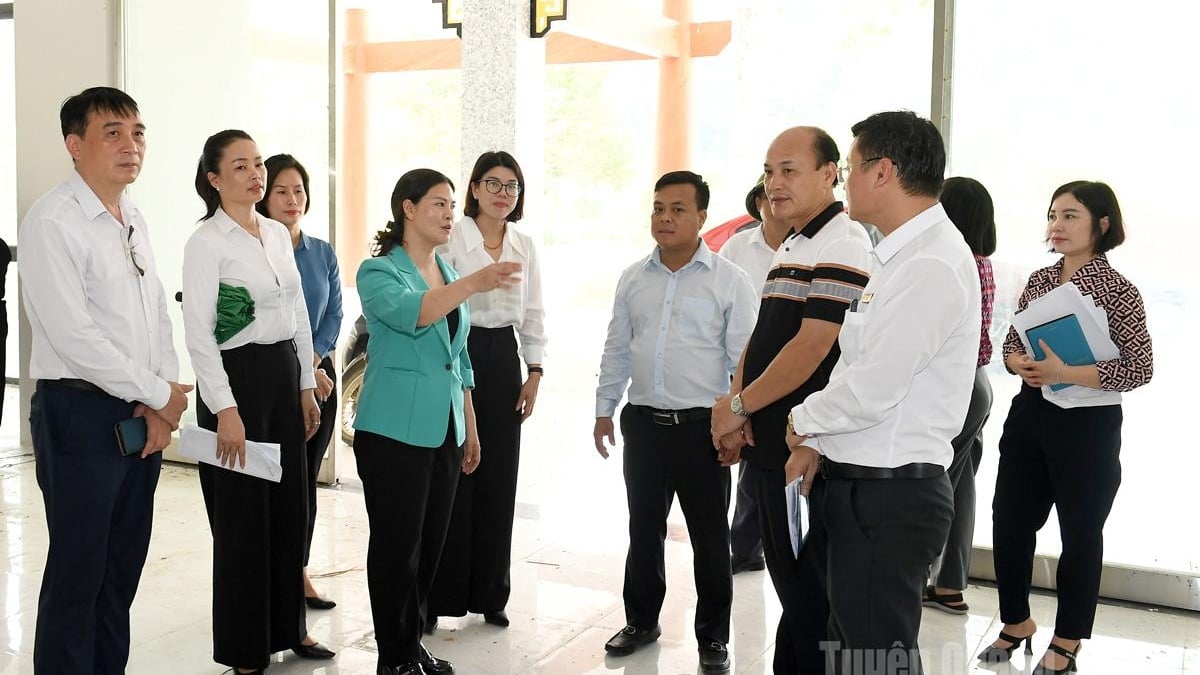


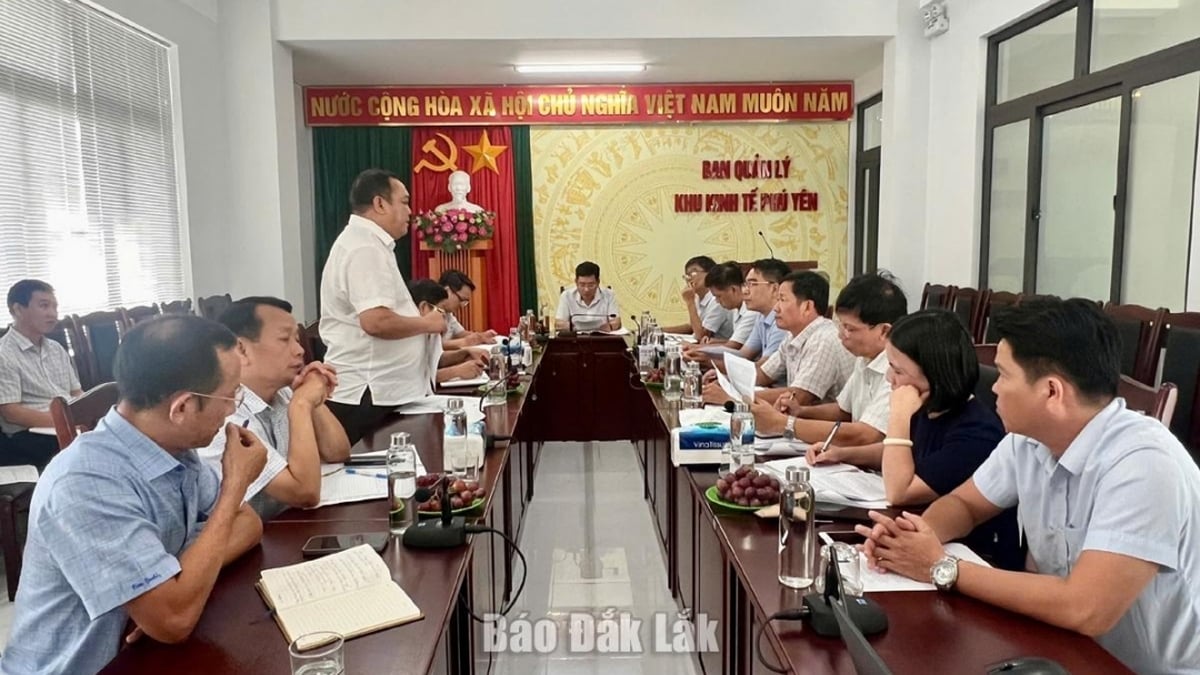

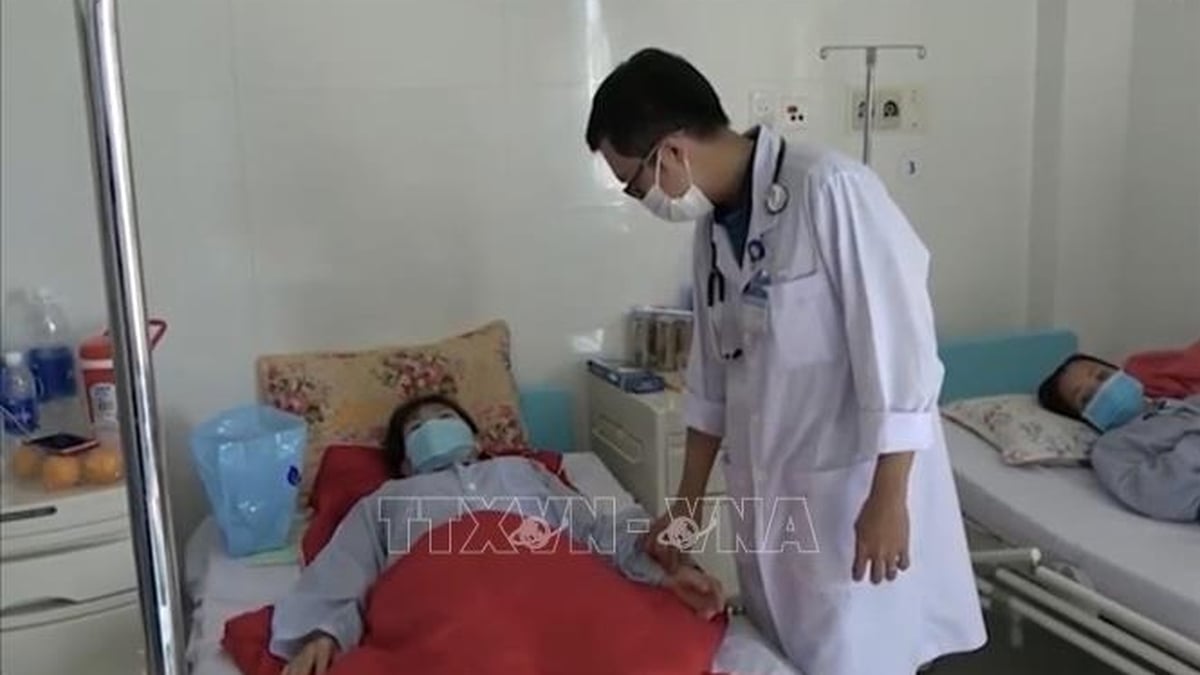

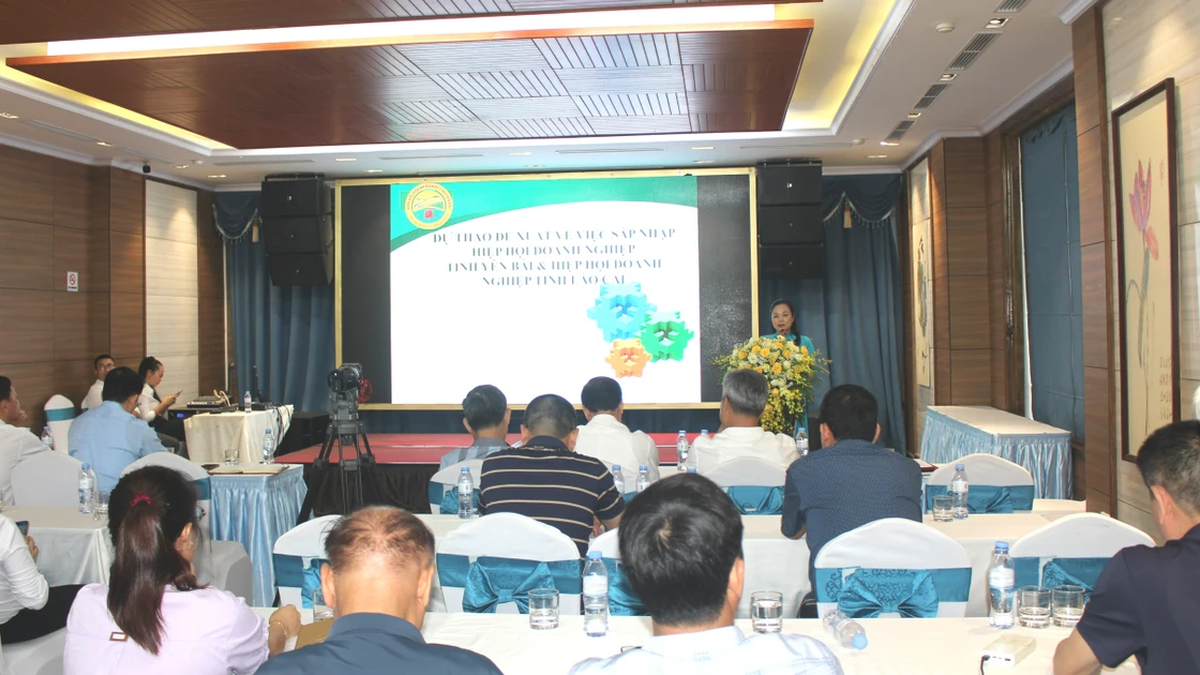
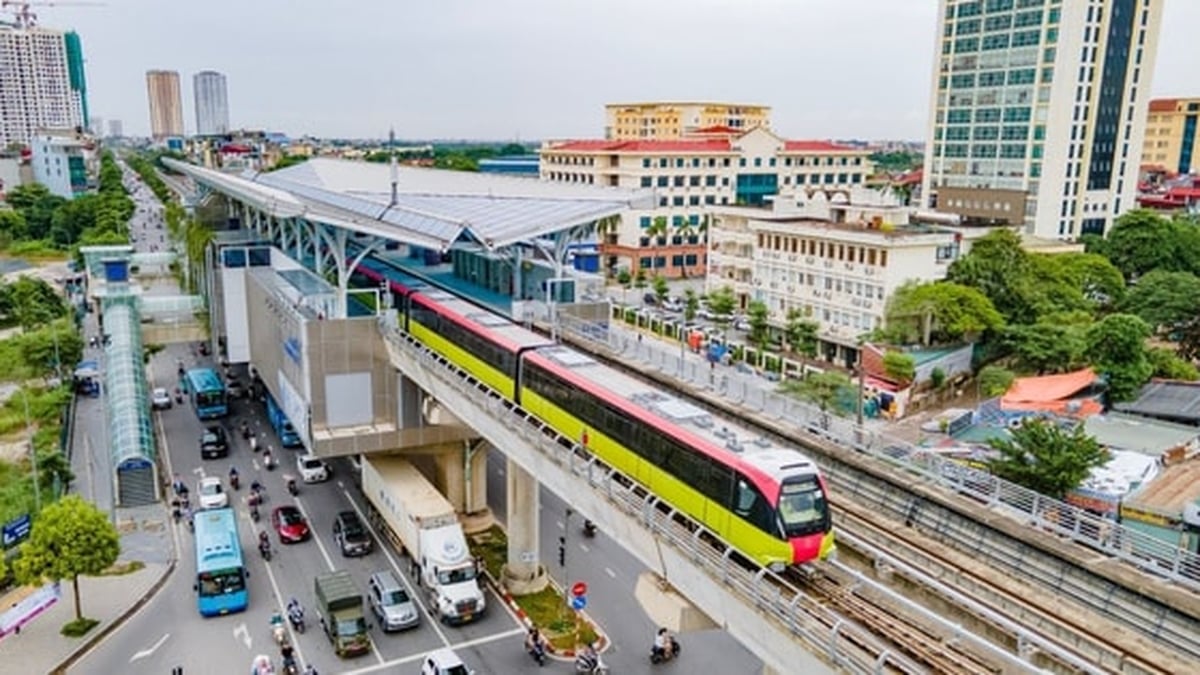
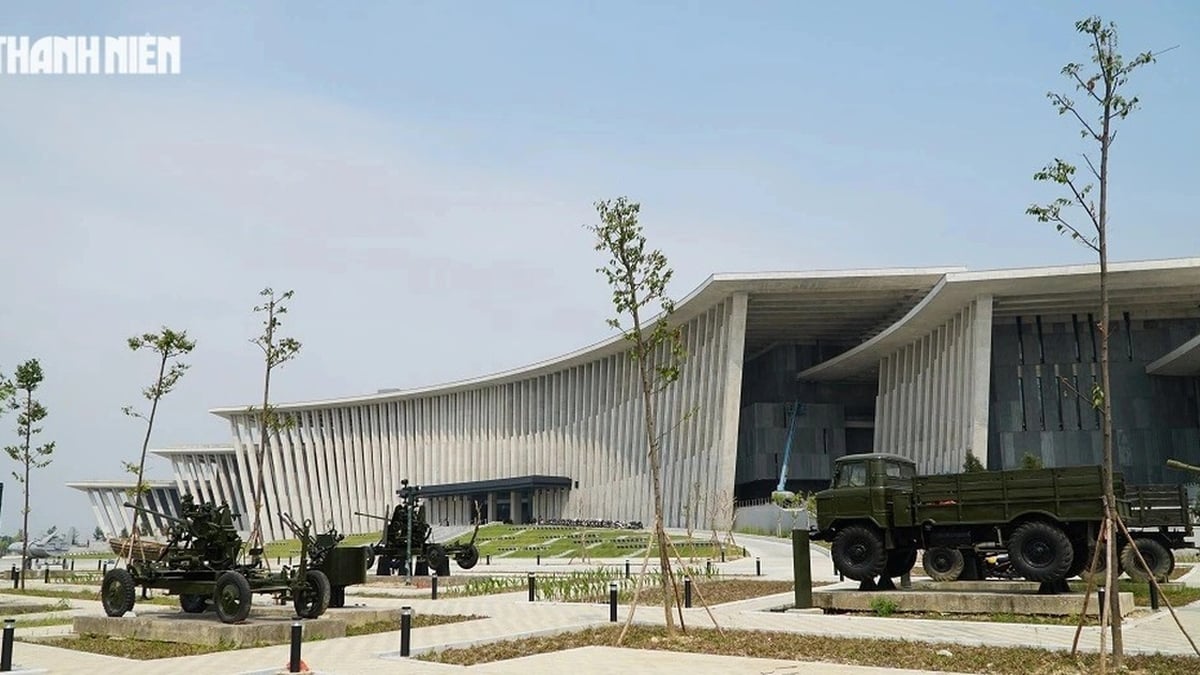











![[Photo] Gia Lai provincial leaders offer flowers at Uncle Ho's Monument with the ethnic groups of the Central Highlands](https://vphoto.vietnam.vn/thumb/1200x675/vietnam/resource/IMAGE/2025/7/9/196438801da24b3cb6158d0501984818)


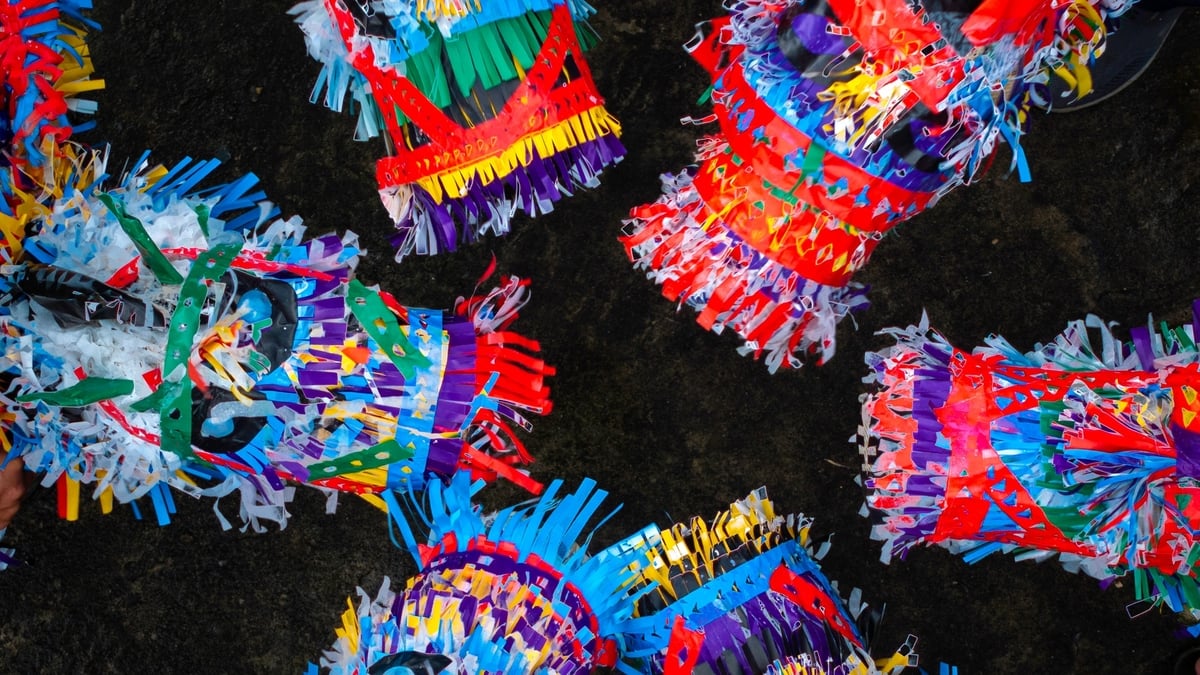




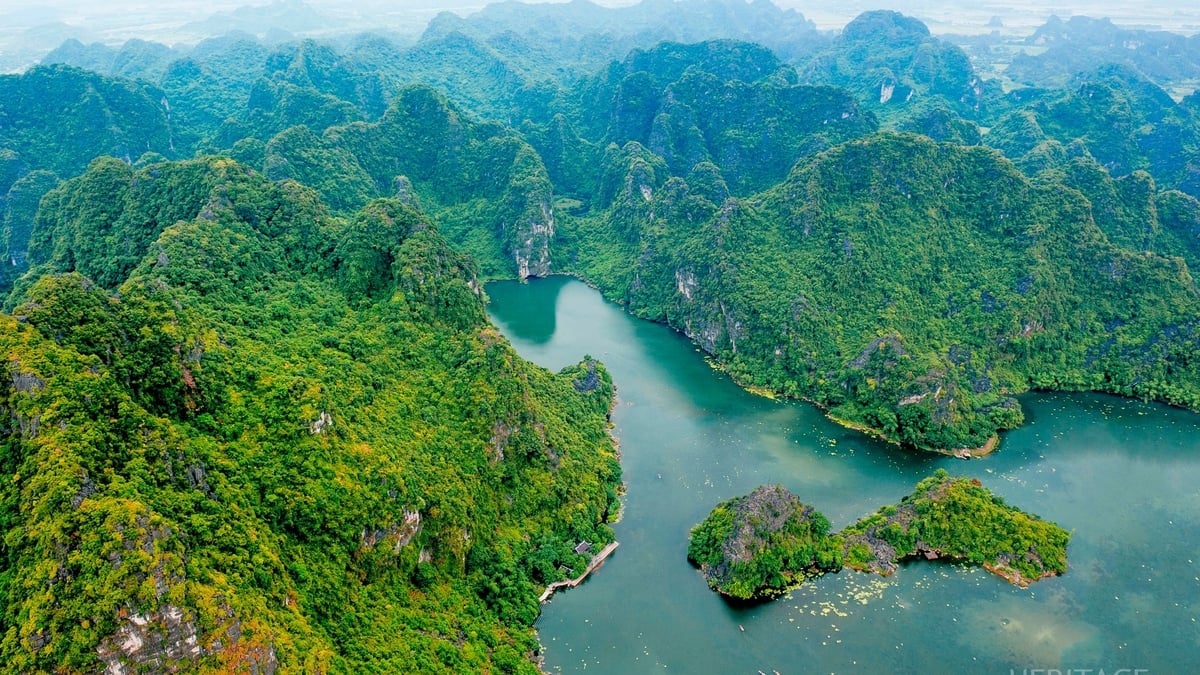
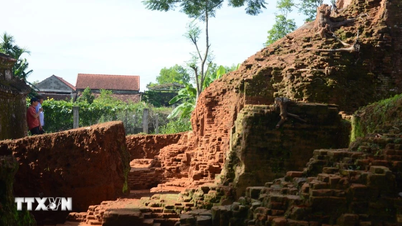





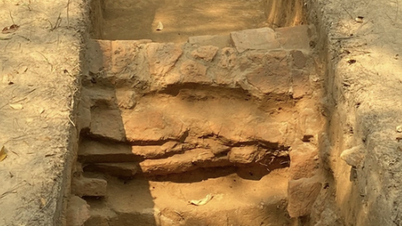










































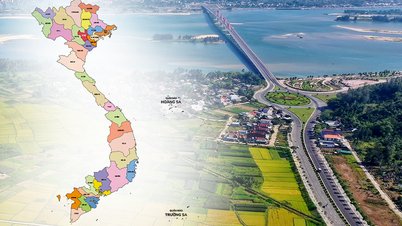


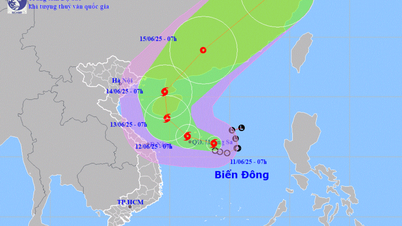
















Comment (0)